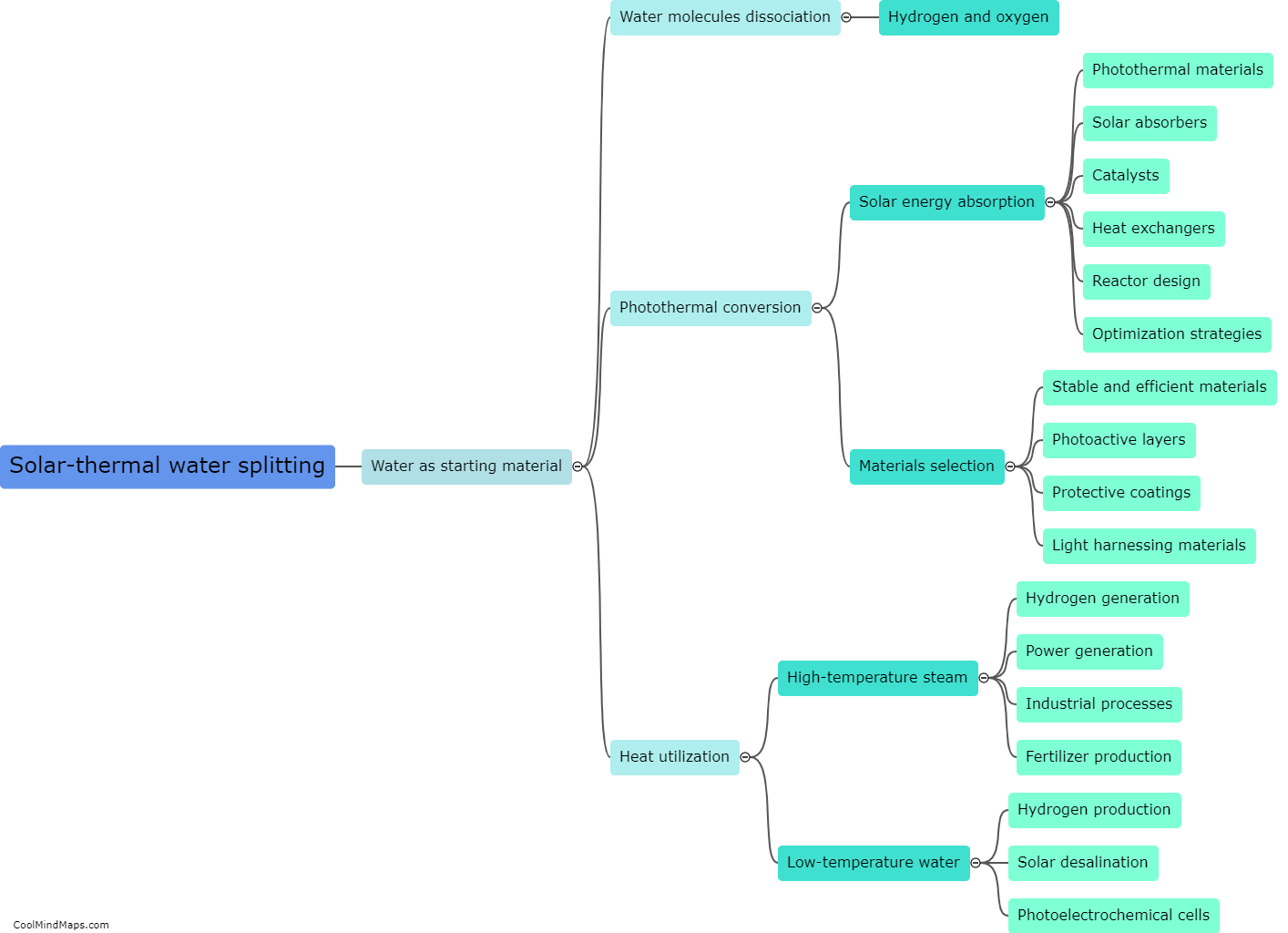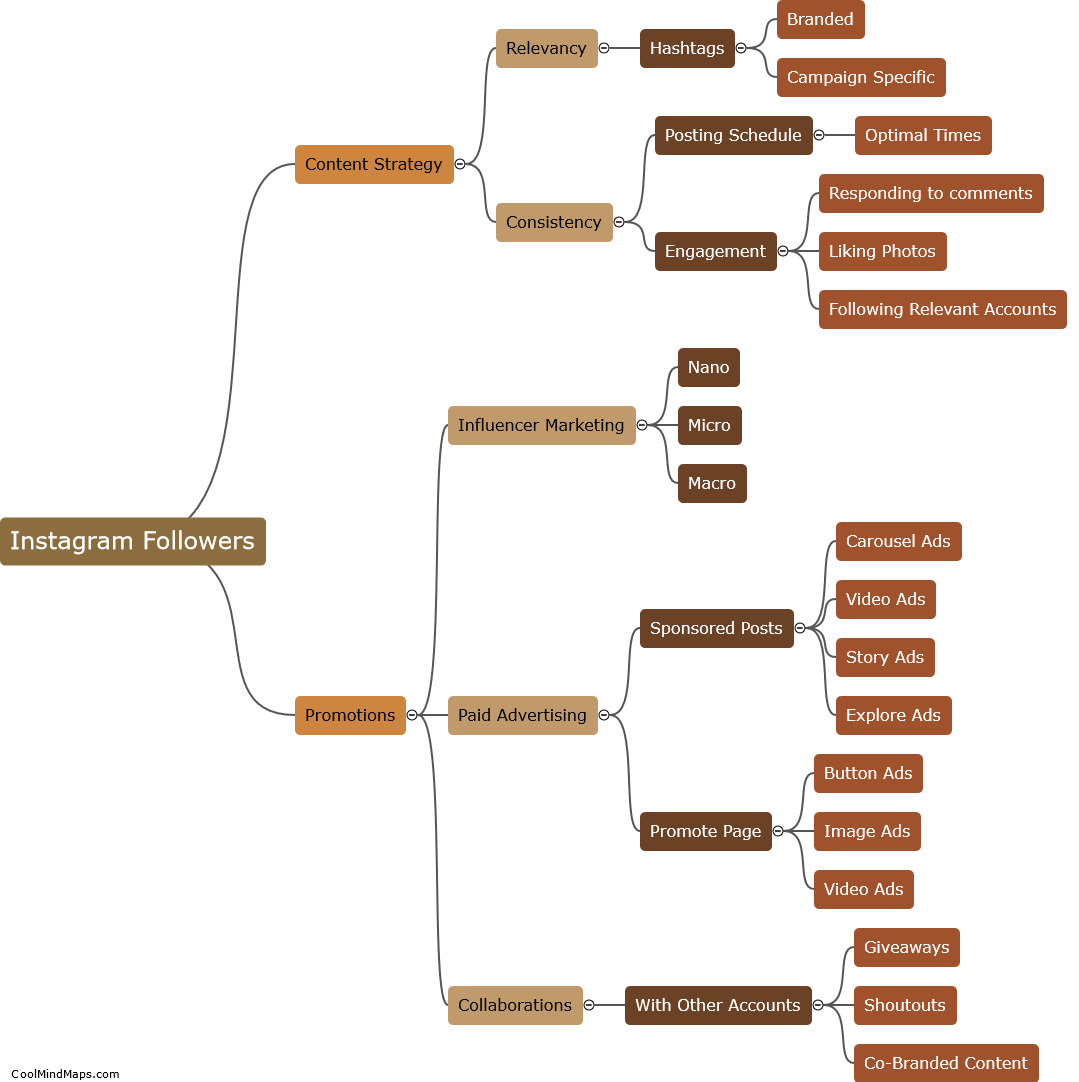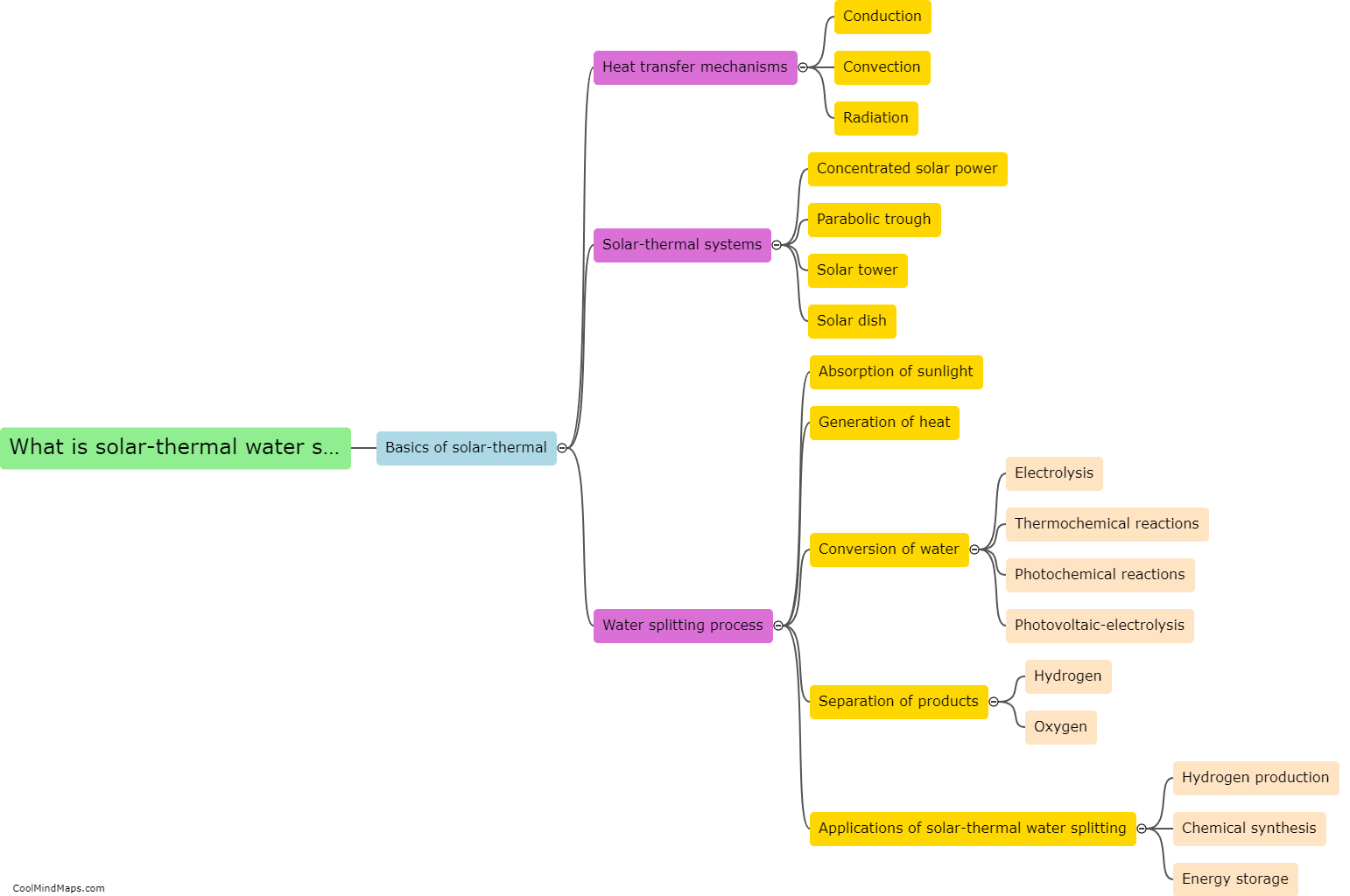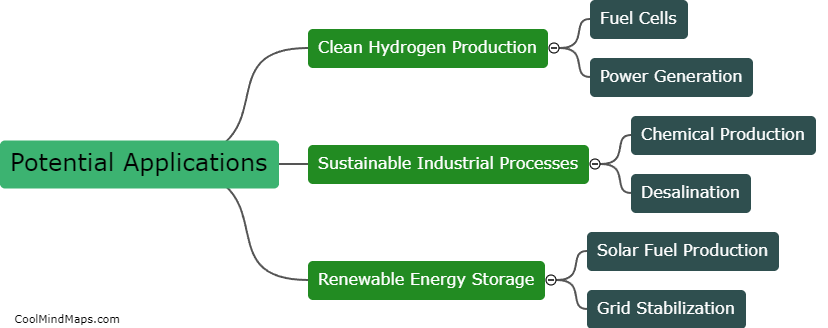How is hydrogen production achieved through solar-thermal water splitting?
Hydrogen production through solar-thermal water splitting is achieved by utilizing concentrated solar power to generate high temperatures necessary to drive the chemical reaction. This process involves two main steps: capturing solar energy and splitting water molecules. Concentrated sunlight is focused onto a receiver or reactor where it is converted into heat. This thermal energy is then used to heat water, breaking it into hydrogen and oxygen through a process called electrolysis. The resulting hydrogen gas can be collected and stored for later use as a clean and renewable fuel source. Solar-thermal water splitting offers a promising avenue for sustainable hydrogen production, as it harnesses the power of the sun while producing zero harmful emissions.

This mind map was published on 4 October 2023 and has been viewed 101 times.











